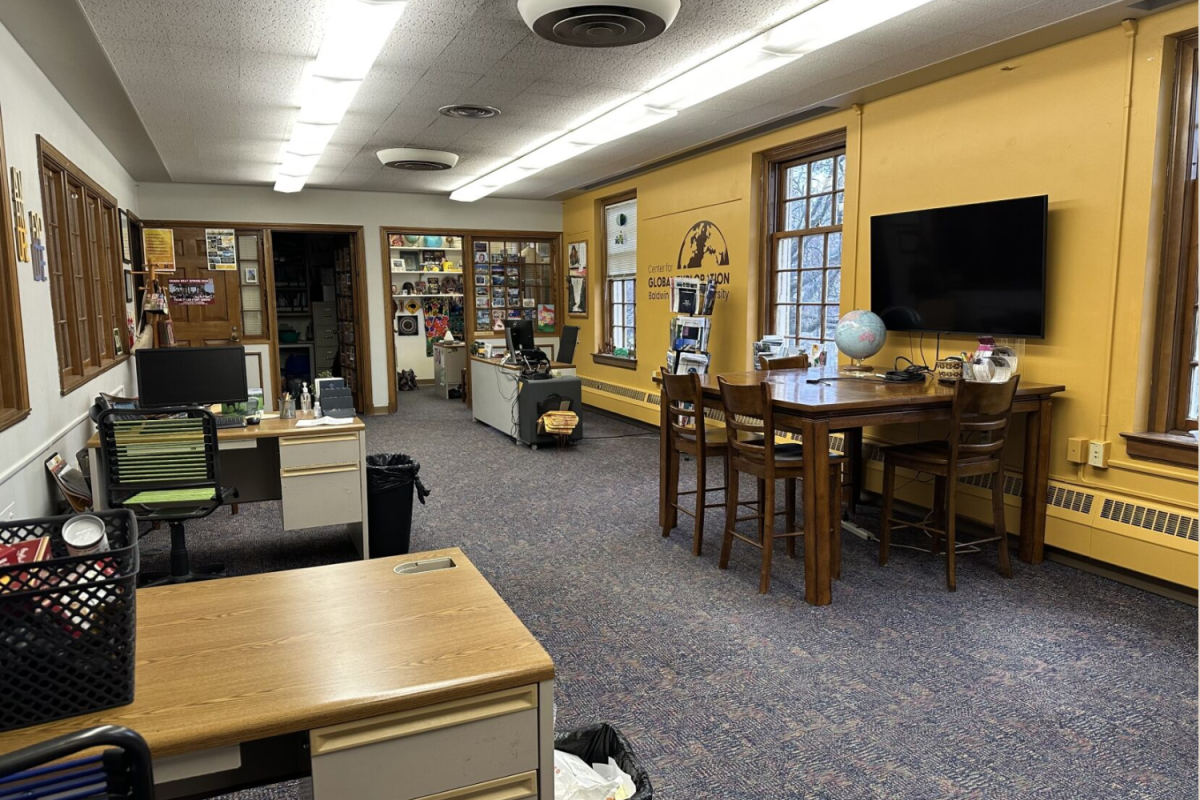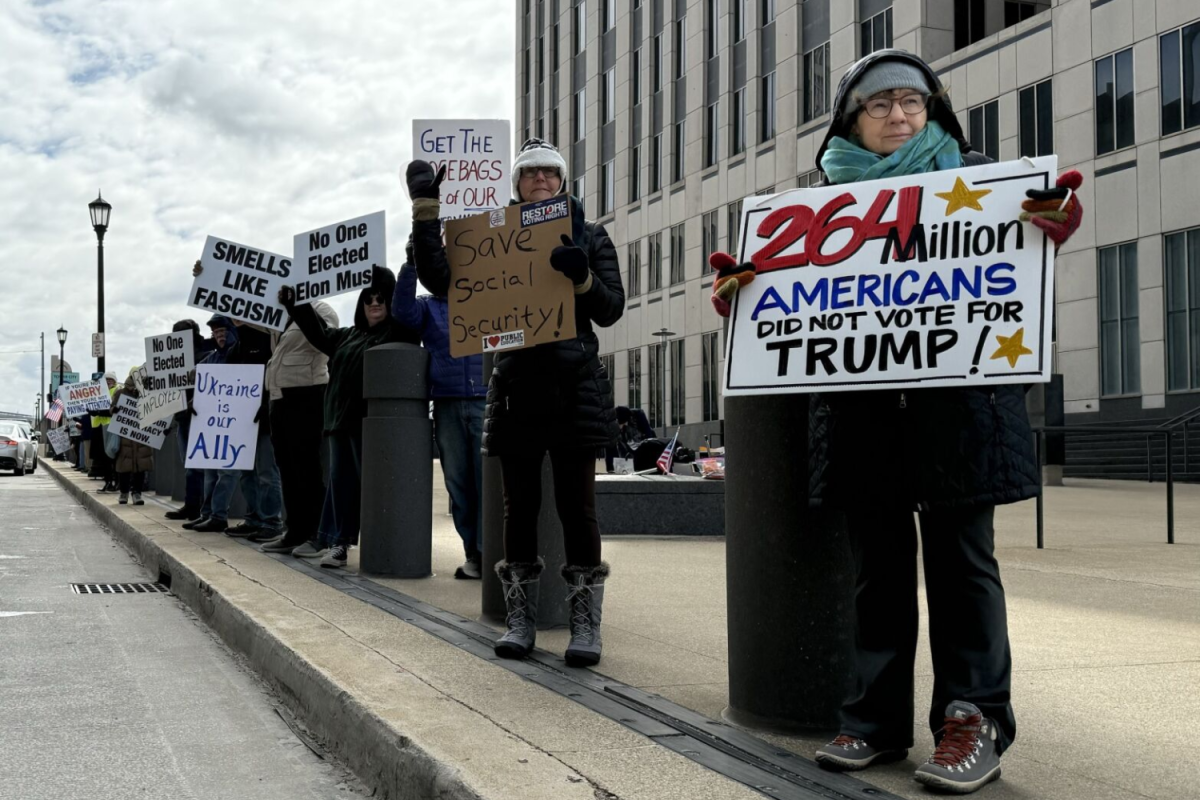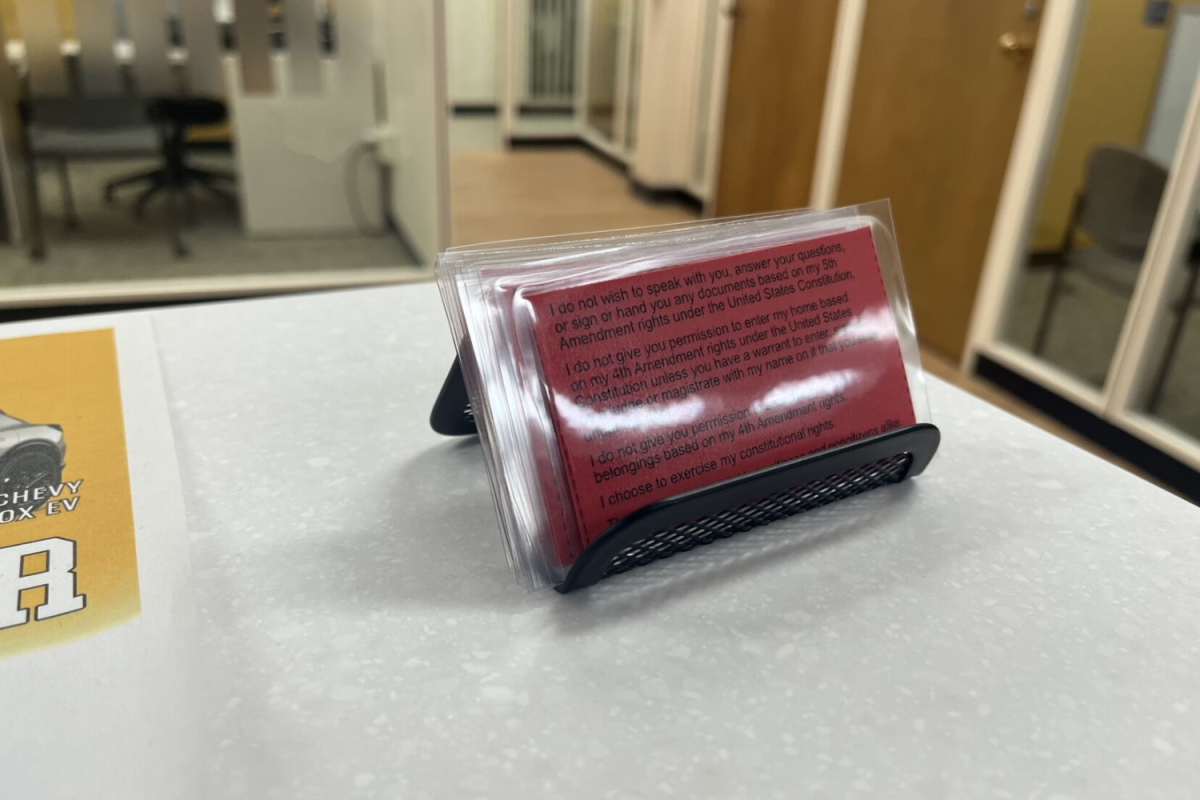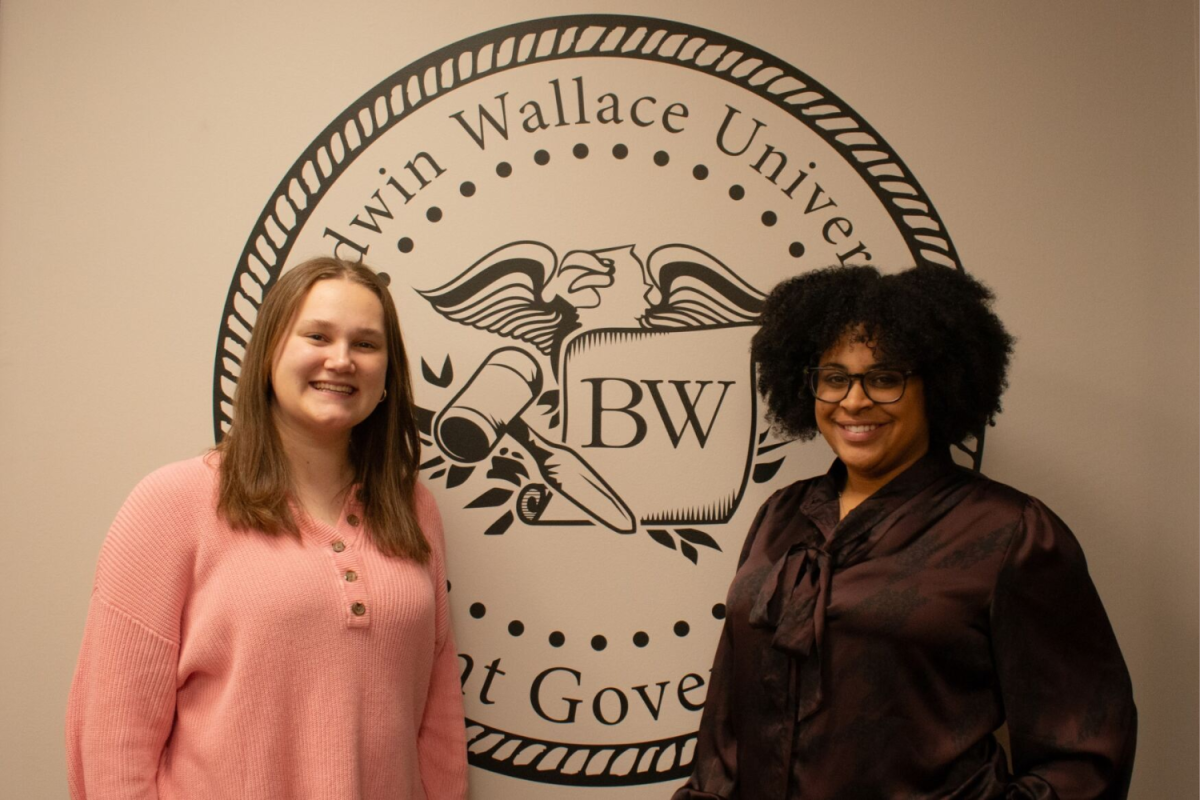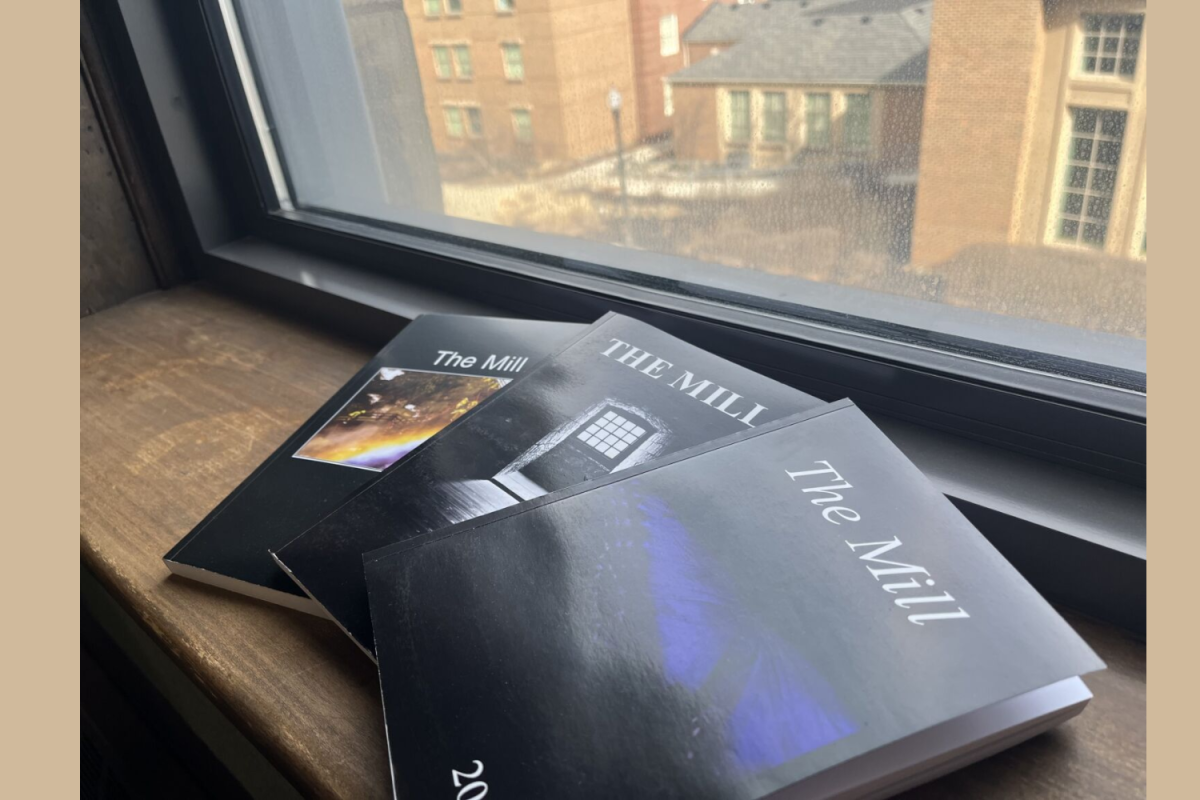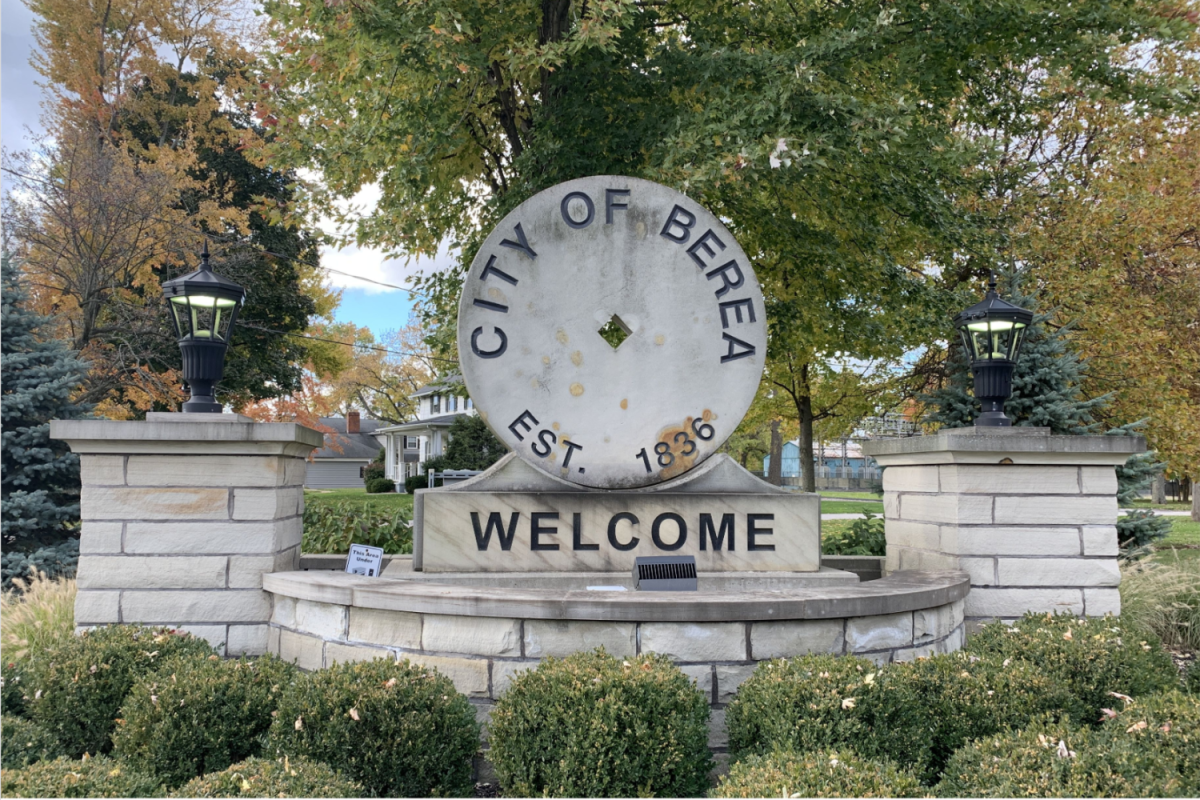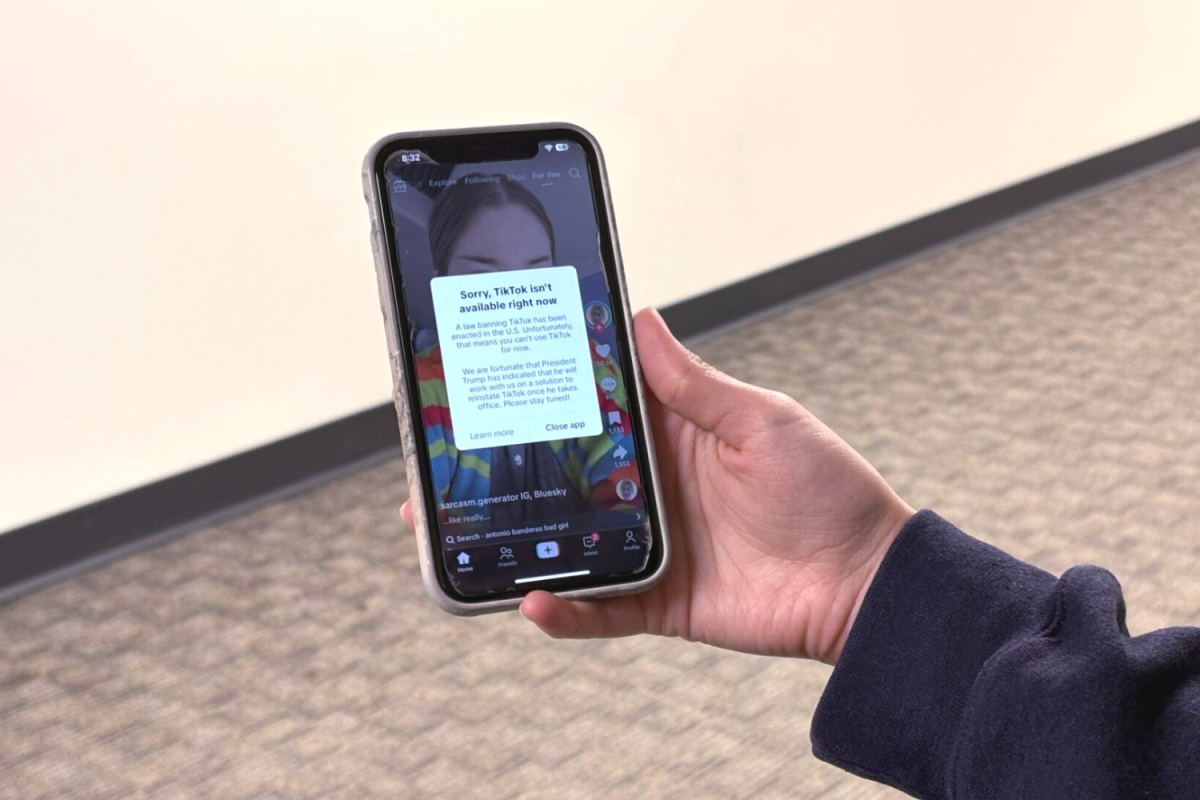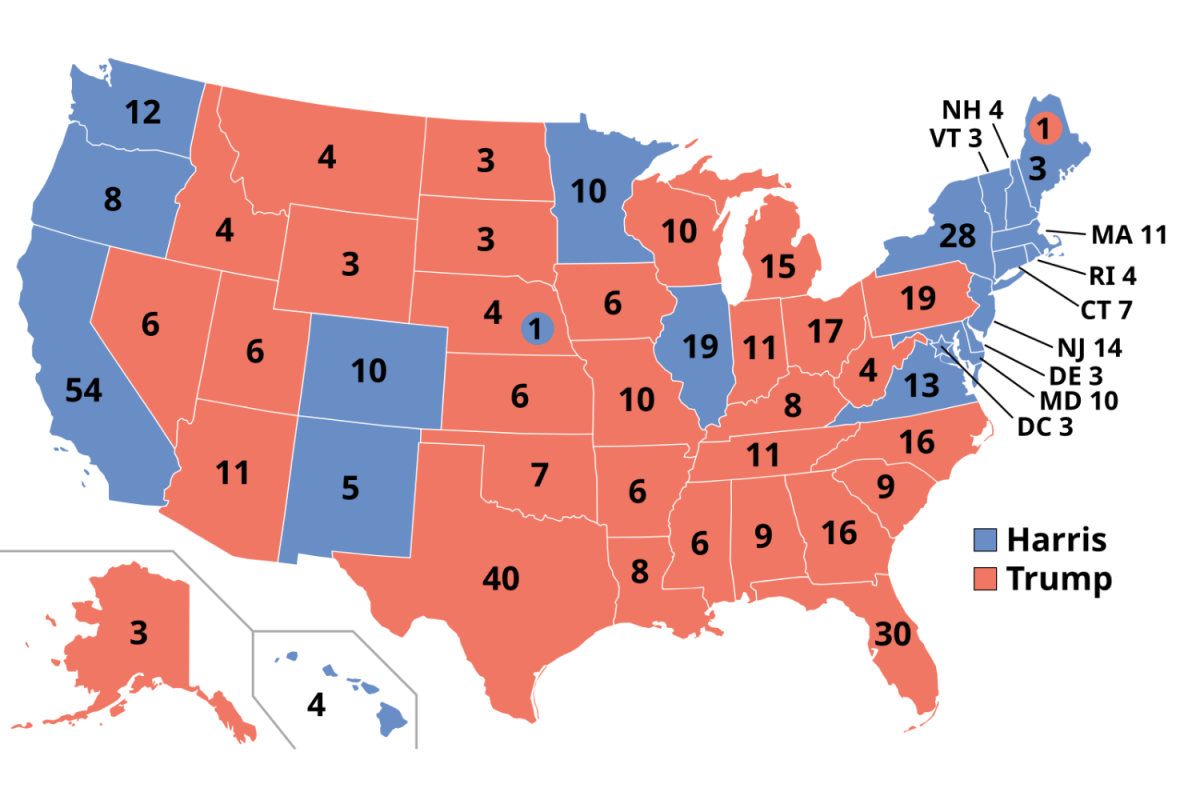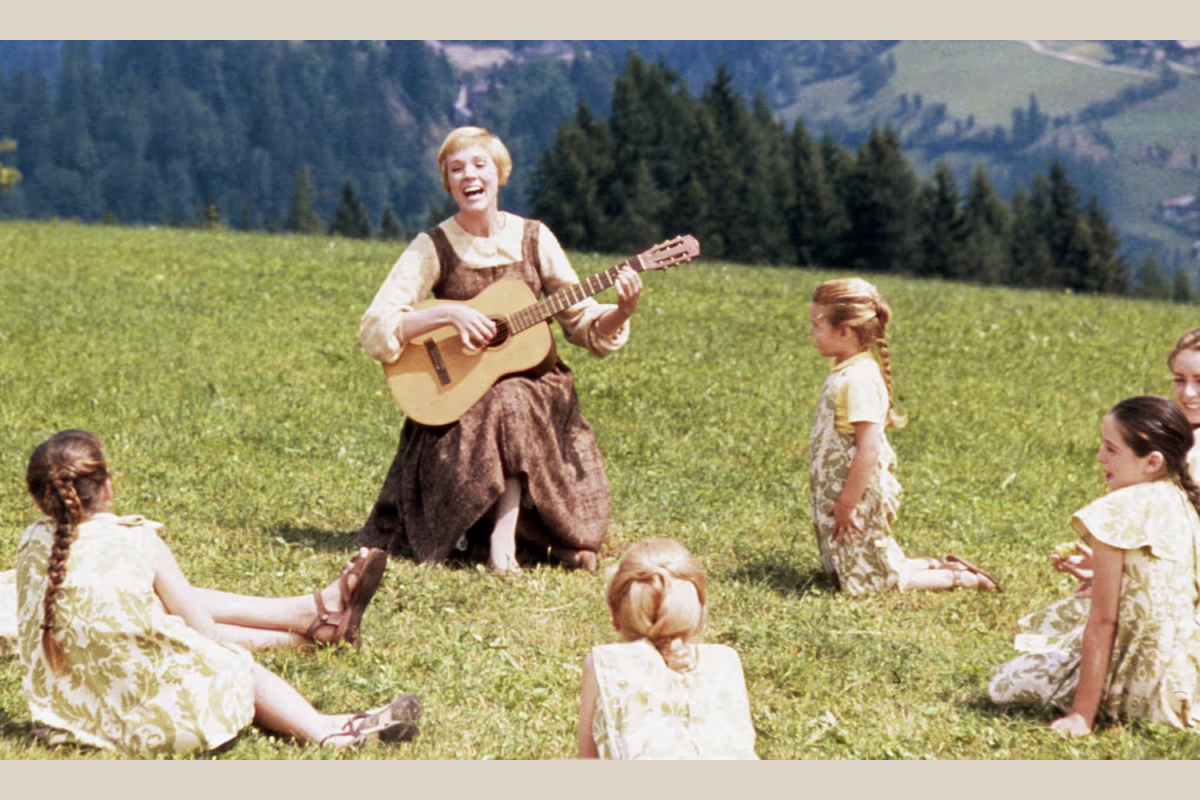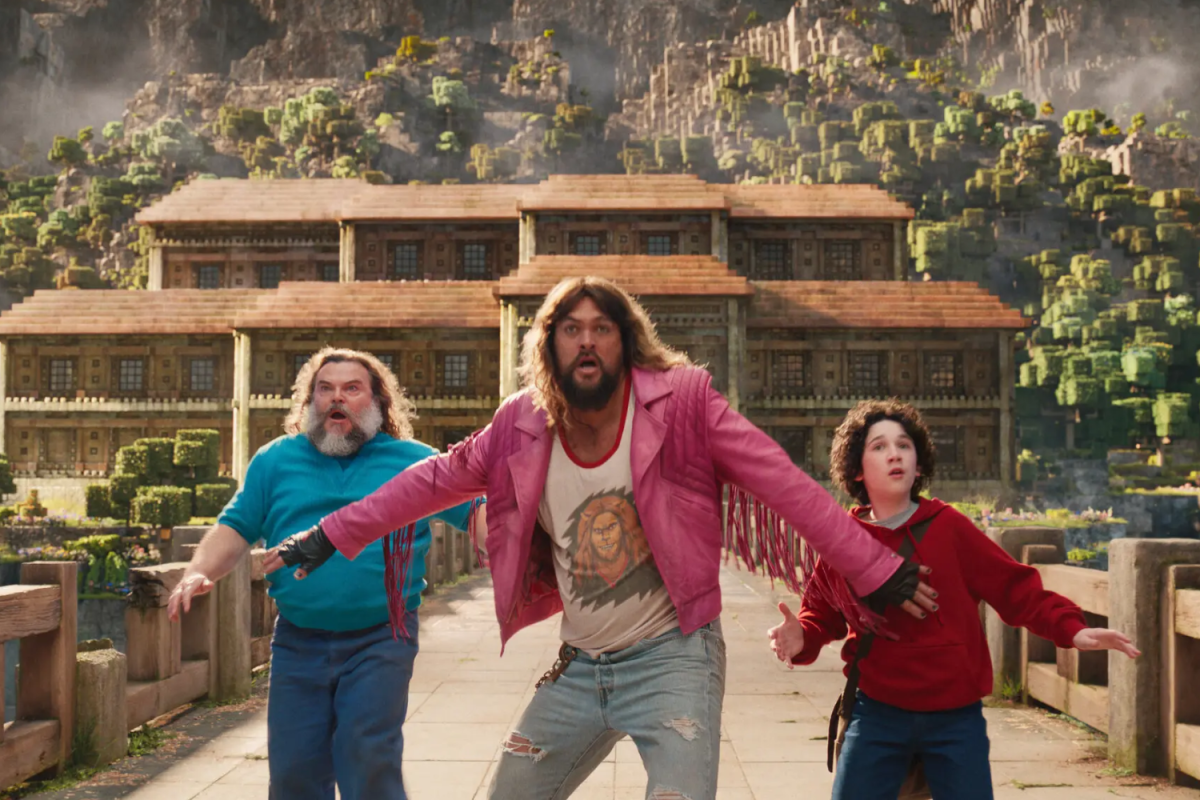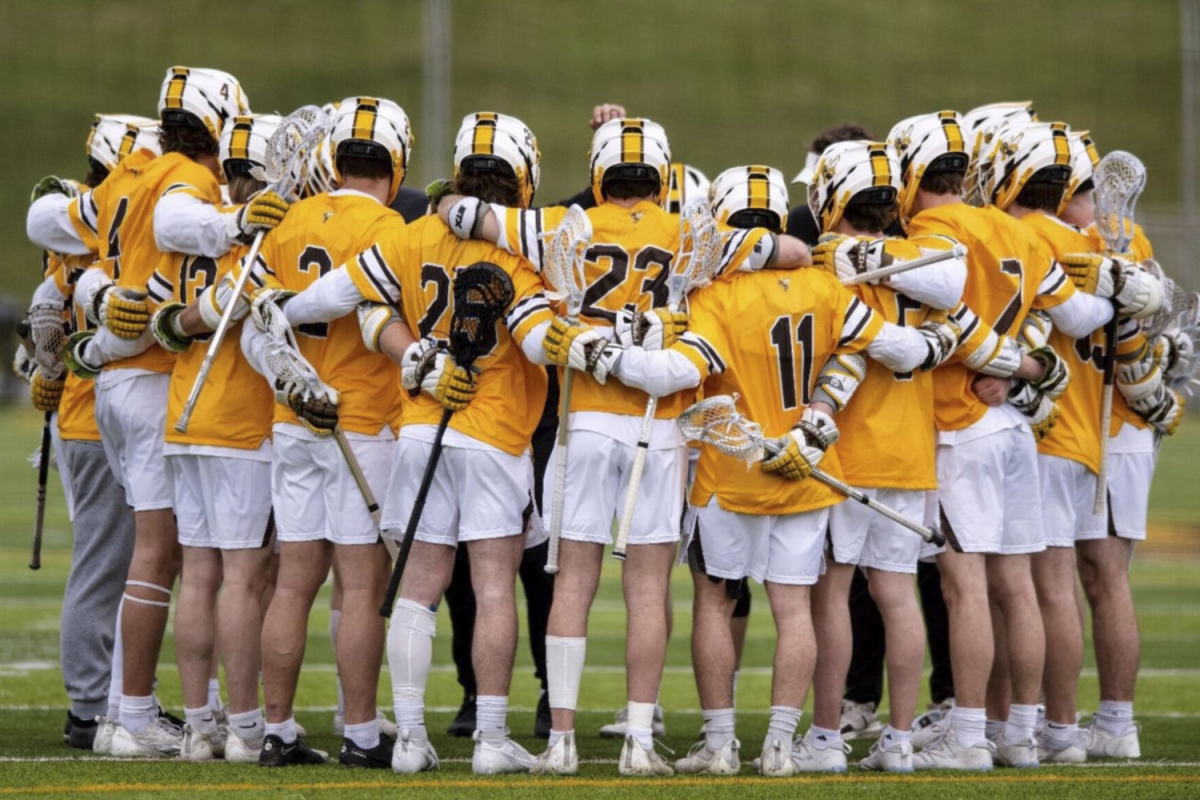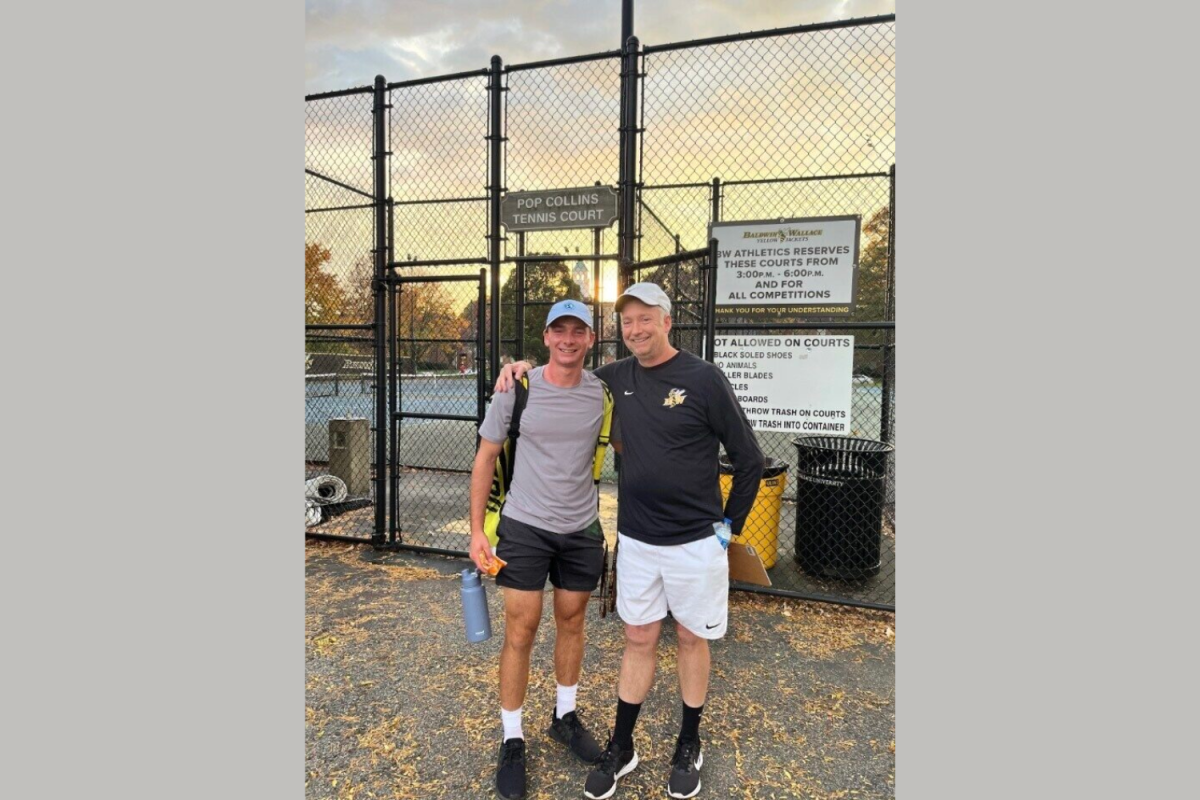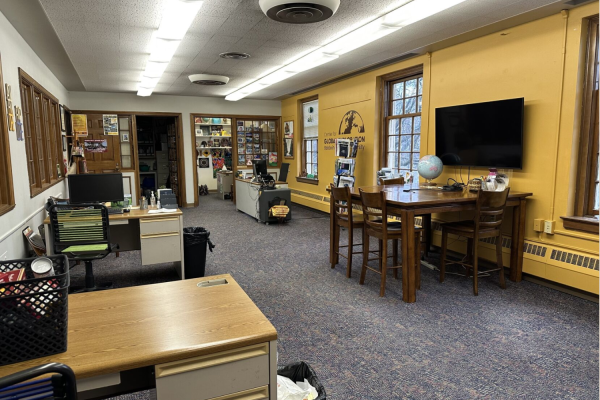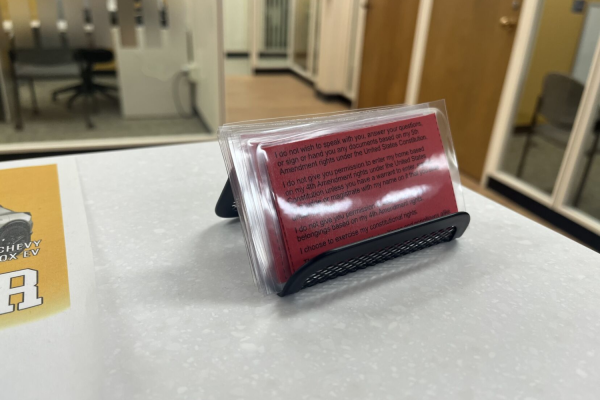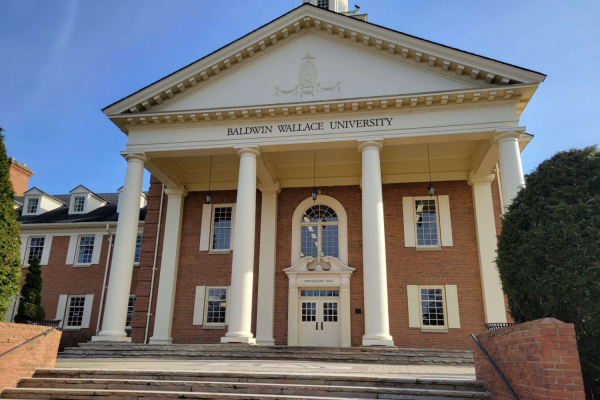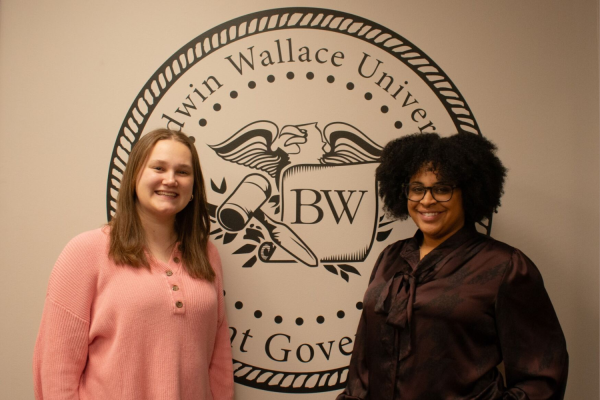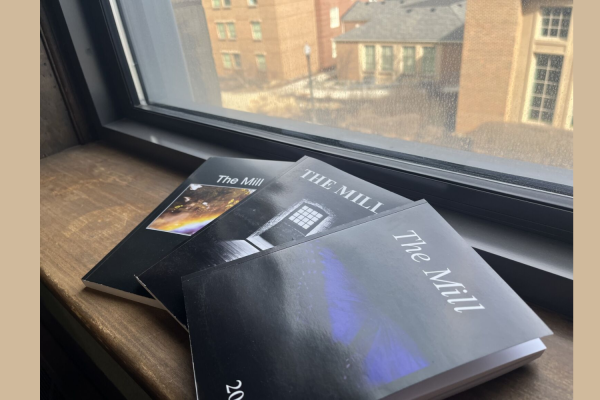Student Rec Center employees receive police training on active shooter situations
“The quicker people can recognize what’s going on and work through those three phases, they have a better chance of surviving the event,” Berea Police Department Lt. Aaron Krouse said.
Many students nationwide have been trained in some fashion to deal with an active shooter situation. On Sept. 20 and Sept. 22, the Berea Police Department trained student workers at the Lou Higgins Recreation Center on how to recognize the signs of danger and fight when an active shooter situation happens.
When people are exposed to dangerous situations, they can often become confused about what they should do, said Lt. Aaron Krouse of the Berea Police Department. It takes longer for them to make decisions and even then, they likely will not make the best choice.
“So, the quicker people can recognize what’s going on and work through those three phases, they have a better chance of surviving the event,” Krouse said.
The Berea Police Department uses a safety curriculum developed by Texas State University to teach civilians how to respond to a shooter event.
The student workers separated themselves into three stations that went over three self-defense strategies: avoiding the attacker, denying access and defending themselves.
The training started with a presentation going over the history of active shooting events and providing details of how people respond to them. The presentation identified three phases of how people respond in dangerous situations: denial, deliberation and taking decisive action.
The presentation showed a 911 emergency call from a librarian during the Columbine shooting, a video about a fire in a nightclub and a shooting in a community meeting.
Police explained what went wrong in each scenario and stressed that if the people in these videos better understood the signs of danger, they would have been better prepared for the situation.
Krouse said that providing training to different small businesses, community institutions and schools in Berea gives them the tools to make quick decisions.
Vincent Merriner, a senior accounting major, and Emily Torres, a sophomore pre-allied health major, both said that the training felt like an extension to what they learned in high school.
“We learned escape strategies, like getting out from the windows on the second floor,” Merriner said, “It’s a universal thing, the target can be anyone and anywhere.”
Both Torres and Merriner said that other student workers around campus should be trained and taught about handling active shooters as well.
“The [trainers] try to keep it as less like a negative thing,” but instead focus on informing students on how to act in case of an attack, Torres said.
Gary Black, director of Safety and Security, said students should know there is no current threat to campus safety and that the training at the Rec Center was a precaution to help police and students gain familiarity with the building and the possible exits in the case of an active shooter or an emergency where they need to evacuate.
“The whole point is to get people thinking about how to react in cases of a shooter or something like that.” Black said. “We remind people that if a case occurs – let’s hope it never does, but in the event that it happens – we, Safety and Security, won’t be the people actually coming there. It’s going to be the Berea police.”
Black is planning to have more staff trained around campus, such as members of the Physician Assistant program. For the moment, they are still finding a time that works for both the Berea Police and the staff at the P.A. building.
“What’s great about the program is that [students] can apply [what they learned] when they’re out doing various things,” Krouse said. “If they’re at the grocery store, movie theater, wherever it is, they can take that with them and then use that somewhere else.”
The Exponent is looking for financial contributions to support our staff and our newsroom in producing high-quality, well-reported and accurate journalism. Thank you for taking the time to consider supporting our student journalists.

